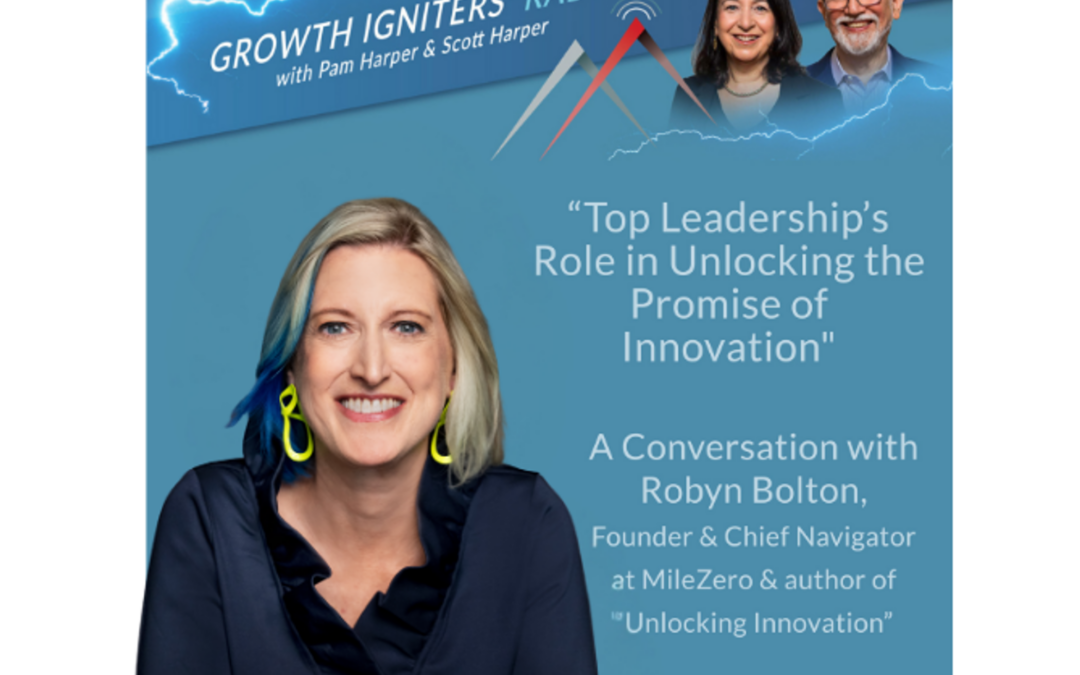
by Robyn Bolton | Mar 26, 2025 | Strategy, Uncategorized
It’s easy to get complacent about your strategy skills. After all, our yearly “strategic planning” processes result in quarterly “strategic priorities” that require daily “strategic decisions.” So, it’s reasonable to assume that we know what we’re doing when it comes to strategy development.
I’ll admit I did. After all, I’ve written strategic plans for major brands, developed strategies for billion-dollar businesses, and teach strategy in a Masters program.
I thought I knew what I was doing.
Then ChatGPT proved me wrong.
How it Began
My student’s Midterm assignment for this semester is to develop, recommend, and support a strategy for the companies they’ve studied for the past seven weeks. Each week, we apply a different framework – Strategy Kernel, SWOT, Business Model Canvas, Porter’s 5 Forces, PESTLE, Value Chain – to a case study. Then, for homework, they apply the framework to the company they are analyzing.
Now, it’s time to roll up all that analysis and turn it into strategic insights and a recommended strategy.
Naturally, they asked me for examples.
I don’t have a whole lot of examples, and I have precisely none that I can share with them.
I quickly fed The LEGO Group’s Annual Report, Sustainability Report, and Modern Slavery and Transparency Statements into ChatGPT and went to work.
Two hours later, I had everything needed to make a solid case that LEGO needs to change its strategy due to risks with consumers, partners, and retailers. Not only that, the strategy was concise and memorable, with only 34 carefully chosen words waiting to be brought to life through the execution of seven initiatives.
Two hours after that, all of my genius strategic analysis had been poured into a beautifully designed and perfectly LEGO-branded presentation that, in a mere six slides, laid out the entire case for change (which was, of course, supported by a 10-page appendix).
The Moment
As I gazed lovingly at my work, I felt pretty proud of myself. I even toyed with the idea of dropping a copy off at LEGO’s Back Bay headquarters in case they needed some help.
I chuckled at my little daydream, knowing no one would look at it because no one asked for it, and no implementers were involved in creating it.
That’s when it hit me.
All the reasons my daydream would never become a reality also applied to every strategy effort I’ve ever been part of.
- No one looks at your strategy because it’s just a box to check to get next year’s budget.
- No one asks for it because they’re already working hard to maintain the status quo. They don’t have the time or energy to imagine a better future when they’re just trying to get through today.
- No one responsible for implementing it was involved in creating it because strategy is created at high levels of the organization or outsourced to consultants.
What the strategy is doesn’t matter.*
What matters is how the strategy was created.
Conversation is the only way to create a successful, actionable, and impactful strategy.
Conversation with the people responsible for implementing it, they people on the ground and the front lines, the people dealing with the ripple effects of all those “strategic” decisions.
How It’s Going
Today, I’m challenging myself—and you—to make strategy a dialogue, not a monologue. To value participation over presentation. Because strategy without conversation isn’t strategy at all—it’s just a beautiful document waiting to be forgotten.
Who are you inviting into your next strategy conversation that isn’t usually there but should be? Share in the comments below.

by Robyn Bolton | Mar 11, 2025 | Innovation, Leadership, Stories & Examples
Ideas and insights can emerge from the most unexpected places. My mom was a preschool teacher, and I often say that I learned everything I needed to know about managing people by watching her wrangle four-year-olds. But it only recently occurred to me that the most valuable business growth lessons came from my thoroughly unremarkable years playing the flute in middle school.
6th Grade: Following the Manual and Falling Flat
Sixth grade was momentous for many reasons, one being that that was when students could choose an instrument and join the school band. I chose the flute because my friends did, and there was a rumor that clarinets gave you buck teeth—I had enough orthodontic issues already.
Each week, our “jill of all trades” teacher gathered the flutists together and guided us through the instructional book until we could play a passable version of Yankee Doodle. I practiced daily, following the book and playing the notes, but the music was lifeless, and I was bored.
7th Grade: Finding Context and Direction
In seventh grade, we moved to full band rehearsals with a new teacher trained to lead an entire band (he was also deaf in one ear, which was, I think, a better qualification for the job than his degree). Hearing all the instruments together made the music more interesting and I was more motivated to practice because I understood how my part played in the whole. But I was still a very average flutist.
To help me improve, my parents got me a private flute teacher. Once a week, Mom drove me to my flute teacher’s house for one-on-one tutoring. She corrected mistakes when I made them, showed me tips and tricks to play faster and breathe deeper, and selected music I enjoyed playing. With her help, I became an above-average flutist.
Post-Grad: 5 Business Truths from Band Class
I stopped playing in the 12th grade. Despite everyone’s efforts, I was never exceptional—I didn’t care enough to do the work required.
Looking back, I realized that my mediocrity taught me five crucial lessons that had nothing to do with music:
- Don’t do something just because everyone else is. I chose the flute because my friends did. I didn’t choose my path but followed others—that’s why the music was lifeless.
- Following the instruction manual is worse than doing nothing. You can’t learn an instrument from a book. Are you sharp or flat? Too fast or slow? You don’t know, but others do (but don’t say anything).
- Part of a person is better than all of a book. Though spread thin, the time my teachers spent with each instrumental section was the difference between technically correct noise and tolerable music.
- A dedicated teacher beats a distracted one. Having someone beside me meant no mistake went uncorrected and no triumph unrecognized. She knew my abilities and found music that stretched me without causing frustration.
- If you don’t want to do what’s required, be honest about it. I stopped wanting to play the flute in 10th grade but kept going because it was easier to maintain the status quo. In hindsight, a lot of time, money, and effort would have been saved if I stopped playing when I stopped caring.
The Executive Orchestra: What Grade Are You In?
How many executives remain in sixth grade—following management fads because of FOMO, buying books, handing them out, and expecting magic? And, when that fails, hiring someone to do the work for them and wondering why the music stops when the contract ends?
How many progress to seventh grade, finding someone who can teach, correct, and celebrate their teams as they build new capabilities?
How do what I should have done in 10th grade and be honest about what they are and aren’t willing to do, spending time and resources on priorities rather than maintaining an image?
More importantly, what grade are you in?



